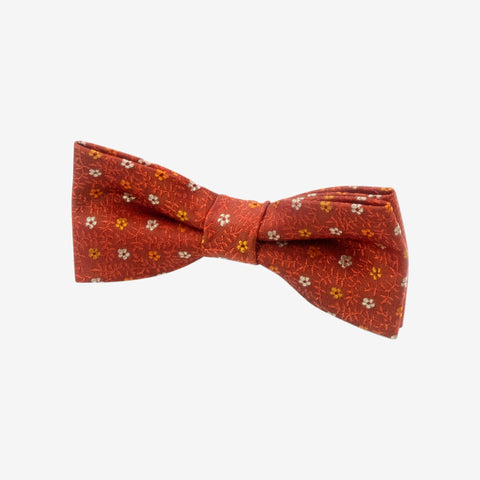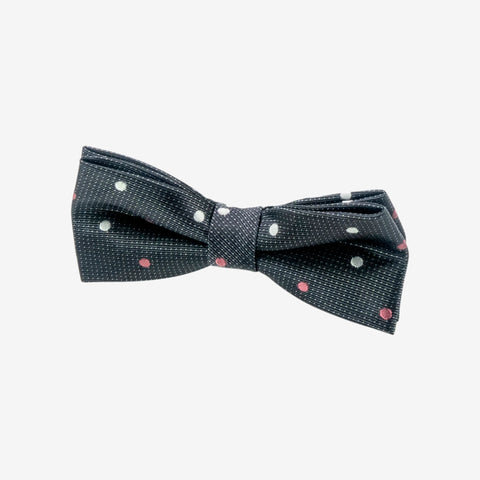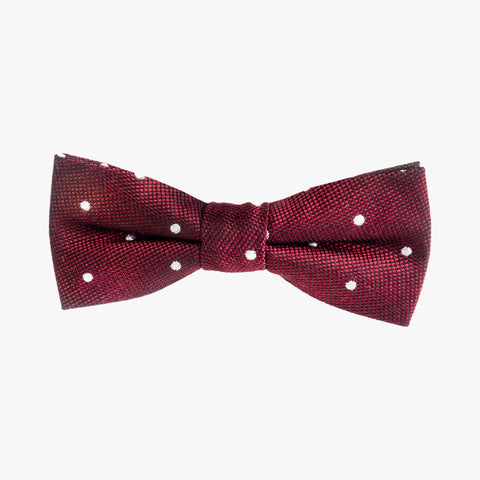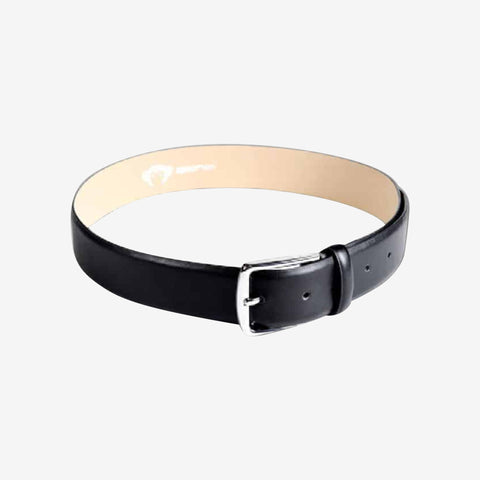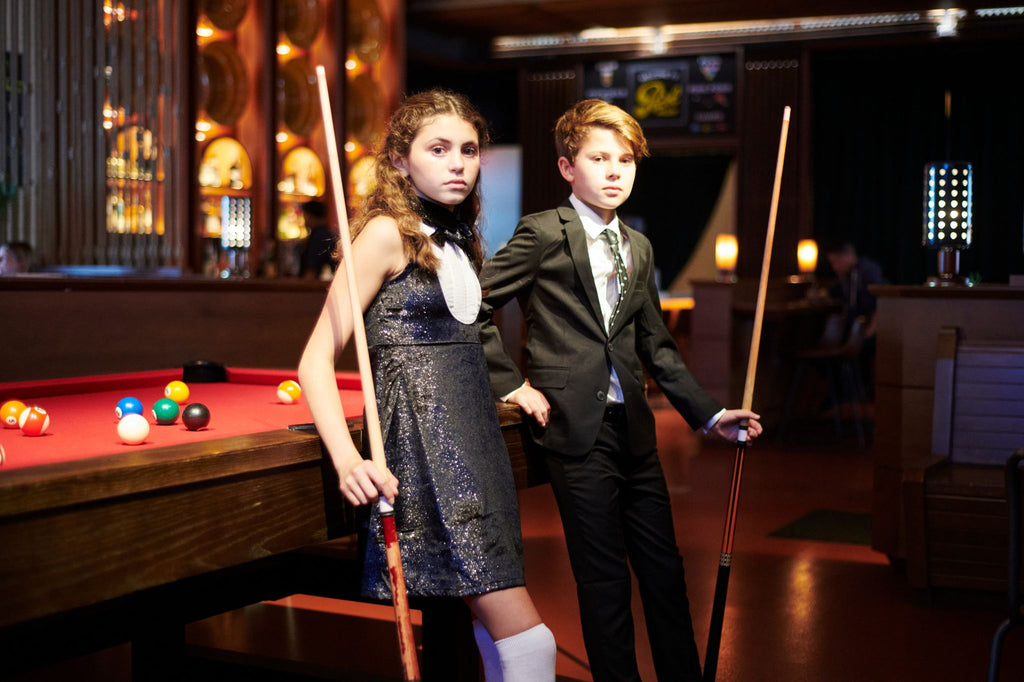Decoding Dress Codes: Understanding the Differences Between Formal and Semi-Formal Attire
Navigating dress codes can often feel like deciphering a secret language, especially when it comes to formal and semi-formal attire. Whether you're attending a wedding, a gala, or a corporate event, understanding the nuances of these dress codes is essential for making a stylish and appropriate impression. In this comprehensive guide, we'll break down the key differences between formal and semi-formal attire, explore the various elements that define each dress code, and provide expert tips on choosing the right outfit for any occasion.
Understanding Dress Codes
Dress codes serve as guidelines for appropriate attire based on the formality of the event or occasion. While dress codes can vary widely depending on cultural norms and social expectations, they generally fall into several categories, including casual, business casual, semi-formal, and formal attire. Understanding the distinctions between these dress codes is crucial for selecting the right outfit that reflects both the occasion and you or your child's personal style.
What is Formal Attire?
Formal attire, also known as black tie attire, is the epitome of elegance and sophistication. Typically reserved for evening events and special occasions, formal attire adheres to a strict dress code characterized by tailored suits or tuxedos for men and floor-length gowns or elegant cocktail dresses for women.
Key elements of formal attire include:
Black Tie: Wear a black tuxedo with a black bow tie, while girls can opt for a long gown or a fun dress!
Formal Accessories: Accessories such as ties, cufflinks, pocket squares, and statement headbands add a touch of refinement to formal attire, elevating the overall look to new heights of sophistication.
What is Semi-Formal Attire?
Semi-formal attire strikes a balance between formal elegance and casual comfort, making it suitable for a wide range of occasions, from weddings to parties. While semi-formal attire is less formal than black tie attire, it still requires a polished and put-together look. Key elements of semi-formal attire include:
Smart Dressing: Boys can opt for a dark suit paired with a dress shirt and tie, while girls can choose a stylish skirt and blouse ensemble.
Versatile Accessories: Accessories such as statement necklaces, cuff bracelets, and scarves add a touch of personality and flair to semi-formal outfits, allowing you to express your individual style while adhering to the dress code.
Key Differences Between Formal and Semi-Formal
While formal and semi-formal attire share certain similarities, such as tailored silhouettes and polished finishes, there are several key differences that distinguish one from the other:
Formality: Formal attire is reserved for the most prestigious and elegant events, such as black tie galas and formal weddings, while semi-formal attire is more versatile and can be worn to a variety of occasions, from parties to events.
Attire: Formal attire typically consists of a black tuxedo or evening gown, while semi-formal attire allows for more flexibility in outfit choices including dark suits.
Accessories: Formal attire often includes formal accessories such as cufflinks and pocket squares, while semi-formal attire allows for more creative freedom with accessories, such as statement jewelry and bold scarves.
Dress Code Etiquette for Children
When dressing children for formal or semi-formal events, it's essential to strike the right balance between comfort and style. For formal occasions, boys can wear miniature tuxedos or dark suits, while girls can opt for elegant dresses or skirts paired with dressy tops. For semi-formal events, boys can wear dress shirts and trousers, while girls can wear chic separates or stylish dresses. Regardless of the dress code, ensure that children's outfits are age-appropriate, comfortable, and reflective of their personal style.
Conclusion
Understanding the differences between formal and semi-formal attire is essential for navigating the intricacies of dress codes and making a stylish impression at any event. Whether you're attending a black tie gala or a semi-formal wedding, knowing how to dress appropriately can enhance your confidence and elevate your overall look. By following the guidelines outlined in this guide and incorporating your personal style preferences, you can confidently choose the right attire for any occasion and make a lasting impression with your impeccable sense of style.
